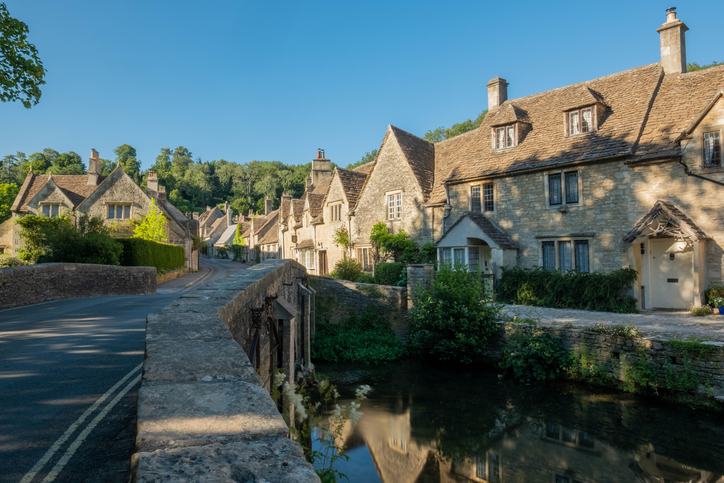What is a Conservation Area?
Lauren Walker in our Real Estate team explains what a Conservation Area is and how it may affect your property.
Conservation areas were first introduced in the 1960s to protect the special historic or architectural interest of an area of land. Every local authority has at least one conservation area, which will usually be designated under the Planning (Listed Buildings and Conservation Areas) Act 1990 by the local authority itself.
Conservation areas are often found in old cities, towns, villages, historic landmarks and country estates. The distinctive characteristics of such areas often attract regeneration, and whilst change is both inevitable and beneficial, conservation areas are used to ensure that any developments are sympathetic to the locality, enhancing and preserving the area.
Conservation areas are managed by the local authority through appraisals and management plans which aim to assess and mitigate any negative impact on the areas as well as monitoring the requirement for conservation on the area borders. It is a statutory requirement for local authorities to review their conservation areas from time to time and the appraisals can be used as evidence for the local plan as well as consideration in planning decisions.
An application for planning permission or development made in a conservation area will go through a more rigorous process than a normal planning application. Local authorities therefore advise that any developer obtain pre-application advice as early as possible in the planning process. Local authorities usually have a conservation officer, who can provide useful advice and will be influential in the council’s decision. Usually, a planning officer from the council will make the final decision on the application outcome but if there is local objection, a planning committee may make the final decision.
Additional controls in conservation areas can include:
- Control over the demolition of unlisted buildings
- Control over work to trees
- Limitations on advertisements
- Restrictions on permitted developments
- Installation of satellite dishes
Permitted development rights may still be exercisable within a conservation area, such rights include:
- Single storey rear extensions of no more than 3m (or 4m if a detached house)
- Window replacements of similar appearance to originals
- Construction of outbuildings (subject to the same restrictions as non-conservation areas)
- Installation of solar panels (except those that are on a wall facing the highway)
However, in order to protect a Conservation Area status, the local authority may bring in an Article 4 Direction. Article 4 directions can be used to remove permitted development rights where avoidable damage is occurring. An Article 4 prohibition can be applied by the local authority without consultation and can be applied to specific streets, parts of streets, or specific houses. Any changes that may have been permitted under permitted development rights will instead require planning permission.
Although a Conservation Area status can mean that there are a lot of restrictions from a planning perspective in relation to a property, it can be beneficial to the value and appreciation of the property in the area. The restrictions also do not mean designs cannot be contemporary; developments should aim to enhance the area and contemporary landscaping can achieve this. It may be useful to work with a designer to present clear modelling of any proposed development as part of an application.
It is also worth considering that living in a conservation area could mean that your property may be classified as a listed building. Listed buildings are buildings that have special historic or architectural interest and they are subject to strict planning controls, meaning any alteration, extension, or demolition of the property will require Listed Building Consent. Please refer to our article “What is a Listed Building?” below for further information.
This article forms one of a series of planning articles we have released. Please see the other related articles as follows:

